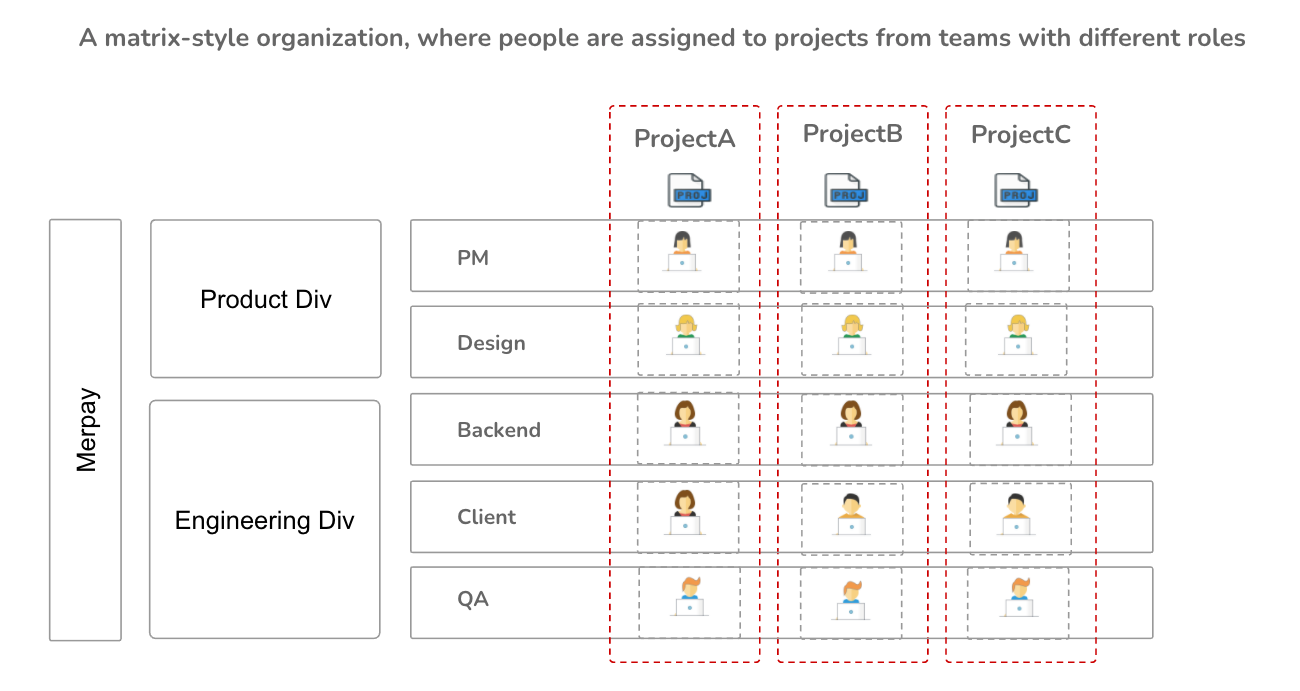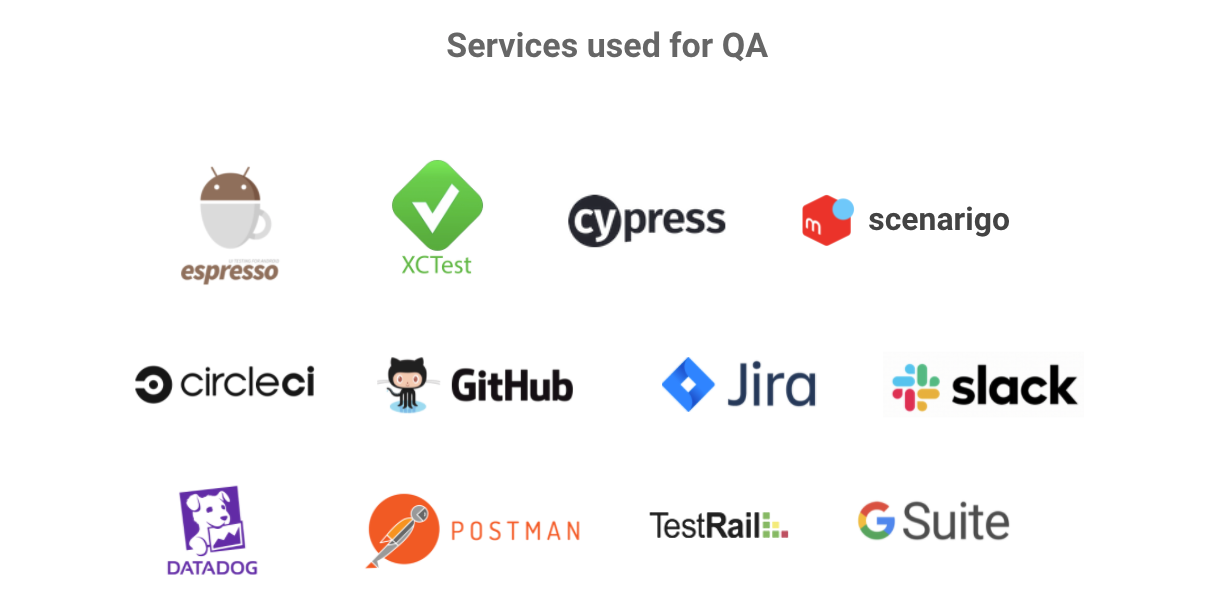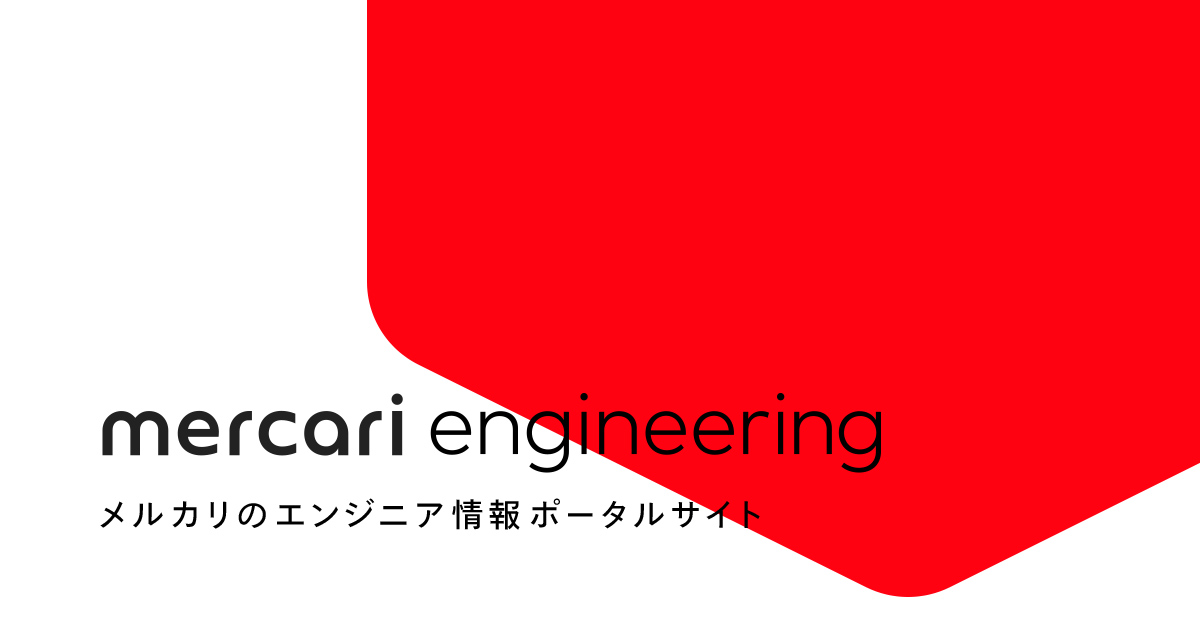Chiefly because Merpay provides its users with financial services, maintaining the quality of our services and products is paramount. It’s thanks to the Merpay QA (Quality Assurance) team and the support that they provide, that this is possible.
In this entry, we interviewed @gaku and @miisan from the Merpay QA team to hear about their current work and future initiatives. We also asked about how the QA team is working toward visualizing quality. Finally, we explore company-wide efforts that fully embody the culture of Merpay with a strong commitment toward providing safe and secure services.
This interview was conducted by @afroscript, who works for the Engineering Office.
Looking Back on Their Time at Merpay So Far
— What did you do before you joined Merpay?
@gaku: I worked for a social gaming company where I built a quality assurance division. I had also worked as a Product Manager (PM) and QA engineer at a start-up.
@miisan: I worked at an Enterprise Resource Planning (ERP) package company. I did a lot there, including development, evaluation, and customer support.
— What kind of work did you do when you first joined Merpay? How does it compare to what you do now?
@gaku: I joined the company as a QA manager in March 2019. My main focus here is still QA management for Merpay. When I first joined, I worked with other people in QA to decide on a roadmap, and then I transitioned the organization into a team system. My main job then was to create organizations, such as strengthening relationships with contract companies and building satellite offices. Since then, I’ve focused on improving quality, such as by creating the Merpay QA Policy and guides, as well as promoting automation.
Now, I manage a QA team as an Engineering Manager (EM), while also serving as a Manager of Managers (MoM) to continue to perform overall QA team management duties. In July, we’ll have an off-site QA meeting for the first time in two years to update our roadmap. I plan to continue to build a scalable organization to further improve the quality of Merpay’s services.
@miisan: I joined the company in July 2018 as a QA engineer. In the time just after I started, I was mainly assigned to work on iD payment processing. Then I moved to QA to work on products that were meant to contribute to Merpay’s growth. More recently, I’ve been involved in various kinds of Merpay features, including trust and credit, and launching new online payment features.
I now work as a QA team EM and am responsible for improving overall product quality. As for the projects I’m involved in, I work on team management and organization building related to trust and credit, as well as everything from launching to operating and maintaining projects related to payment processing. I’m also personally involved in promoting the work of women engineers.
“All for Quality” as a Part of Merpay Culture
— What is the QA team working on now?
@gaku: At the moment we’re working on automating testing. The goal is to automatically perform regression testing as we continue to release services, which will help ensure quality.
We needed to find time for test automation. Some of the issues we faced included how to build environments and infrastructures, and how to create test scenarios. We continue to work on technical issues with help from development engineers. I think we’ve been able to get this done by going beyond our defined roles in a way that embodies the concept of “All for Quality,” which is something we all strive for at Merpay. However, with new projects and microservices to run, it can be difficult to find the time. We’re now building a dedicated team and hiring more people.

@gaku, Merpay QA team Engineering Manager & Manager of Managers
— What does “All for Quality” mean?
@gaku: It means that everyone on the team takes an approach of improving the total reliability of all processes without being dependent on any one process (such as testing). You can’t expect to improve product quality just with QA. Everyone needs to be on the same page when it comes to thinking about quality, and that includes all divisions and management. At Merpay, it’s a part of our culture to work together to improve quality prior to release. The concept of “All for Quality” just developed naturally from that. You now even hear people in management talking about “All for Quality.”
— What did you do to get this established as part of the company’s culture?
@gaku: The whole company has always had a deeply rooted culture of cooperation between divisions. That was the biggest contributing factor. Merpay’s organizational structure is a matrix, and employees have always been able to go to other divisions for advice and information. That played a big role, too.

@miisan: Of course, members of the QA team are also involved in raising awareness of this culture. For example, during regular meetings with the product development team, we worked toward making it possible to discuss things from a perspective focused on quantifying quality. This meant that everyone could tackle quality issues from the same perspective. The development team even began discussing what needed to be done to take the “All for Quality” approach. The culture developed onsite from the ground up.
For more information on this, check the following article: “Establishing New Habits to Continue to Deliver Even Better Services | Mercari Engineering.” (Available only in Japanese)
— What makes Merpay QA unique?
@gaku: Instead of using QA to prevent something from happening, we focus instead on applying QA to find issues quicker. Instead of testing during a specific testing phase, we are always considering what we can do to continue testing. Normally, testing is done after both the backend and frontend elements have been created. That’s not how we do things at Merpay. Instead, we continue to test and do QA as long as there’s still something to test. That’s why we start working during the requirements phase.
The QA Team Is Involved in Everything from Upstream Processes to Release as well as Maintenance and Operation
— How is the team organized?
@miisan: The QA team is split into smaller groups for each microservice. Teams include both employees and individuals from partner companies. We’re working on an automation project now, so we plan to hire more talent to increase the amount of work we do internally.
— What is the role of each team member?
@miisan: In terms of QA, all team members are involved in everything from the upstream processes to the release as well as maintenance and operation. However, each team works under different requirements and conditions, such as whether they are involved in backend or frontend work, and who the client is. How quickly a team works and how they are involved in QA will therefore differ depending on the unique characteristics of that team.
— You said things differ between teams, but how do teams share information?
@gaku: First, we gather information in documents. We also have a regular QA team meeting every week, and we use that to share information. We do have a basic QA guide, but beyond that each team works under its own discretion.
@miisan: Here’s an example. I’m currently on the CD (Credit Design) team, and we hold three knowledge sharing sessions each week. This is something we just started within the last six months. We started doing this because the number of teams and domains has increased, and people indicated they wanted to catch up on information from each team. We end up taking on a lot of initiatives based on things team members have noticed or discovered.
Supporting Merpay Quality with scenarigo
— What about the technology and development environments you use?
@miisan: I think we generally use the same testing tools and project management tools as other companies. I guess the most unique tool we use at Merpay is scenarigo.

Actually, scenarigo is an open source software that was developed independently by @zoncoen at Merpay. It’s used for test automation. We previously used Postman for API testing, but it was unfamiliar to our development engineers. The QA team had to perform test maintenance, and this put some distance between the development team and testing. The scenarigo tool was written using the Go language, so it was a good fit for our development engineers, who use Go for actual development.
— That sounds like another example of “All for Quality.”
@miisan: That’s right. As a product becomes bigger, QA can become a bottleneck. The tool allows development engineers to perform test maintenance, and this has played a role in eliminating the boundary between the development engineers and QA.
Visualizing Quality Information
— What’s in the future for you?
@gaku: One of the duties of QA is to visualize quality information. Quality can be a difficult thing to measure quantitatively. The goal here is to make it possible to confirm and further improve the level of quality of a service. To do that, we set targets and metrics, and make use of testing and service level objectives (SLOs).
We’re only part of the way there, but we’re planning to work on this in collaboration with the development team. Visualizing quality information in real time for a massive service like Merpay is very exciting from a technical perspective as well.
@miisan: Our goal is to develop into a fintech company QA organization. Merpay products have high domain difficulty and make use of complicated technologies. For someone in QA, it’s very worthwhile to be able to take the lead in the field of financial service quality. It’s fascinating work for a full-stack QA engineer. There are always new challenges to face and new things to do.
— What kind of person would be a good match for the Merpay QA team?
@gaku: First of all, someone who agrees with the mission and values of the Mercari Group. That person should also be able to think and act on their own. The QA team is given a lot of discretion, so someone who waits to be told what to do wouldn’t do well.
For an EM, this type of work would suit someone who first listens to what engineers have to say, and then drives their team toward a single goal. I’d describe it more like building a community, than building an organization. This is the type of work for someone who makes it easy for others to give their opinions and can work with the members of their team.
Merpay has been in the launch phase until now, but is gradually transitioning to the growth phase. What is required of an EM might change, so they would need to have a certain amount of flexibility.
@miisan: It’s only been around two years since Merpay launched its product, and there’s still a lot of work to do even with the product. There’s also a gap between the ideal and the real. You need to be willing and able to work on something that’s still under development. You also need to have a positive outlook on how to best use your strengths in such an environment, and how you can make things better.
I’m also involved in promoting the work of women engineers, so D&I is also an important point. I want to foster diverse thinking and values.

@miisan, Merpay QA team Engineering Manager
— Why would you recommend people work in Merpay QA?
@gaku: I think being able to work under your own discretion is a big point. No one tells you what to do. Instead, we ask people what they want to do. So it’s crucial to be able to make your own decisions and work proactively. I think the entire Mercari Group has a great atmosphere. Another important point is that you get to work in microservice QA. This is a rare opportunity, since monolith systems are still prevalent all over the world.
We also have the YOUR CHOICE system, where you can choose to work remotely, at the office, or almost anywhere else. This is great for me, because I live in a rural area and work from home. This is a major point in favor of the entire Mercari Group.
@miisan: Working here will widen your career path. Sometimes I’m a PM, other times I work as a test engineer, and yet other times I’m involved in legal discussions. There are a lot of different types of work to be done. You can gain a wide range of experience, and it’s a great opportunity to develop into a full-stack QA engineer. We will do anything as long as it helps deliver better quality to customers, so you can truly master the art of QA.





